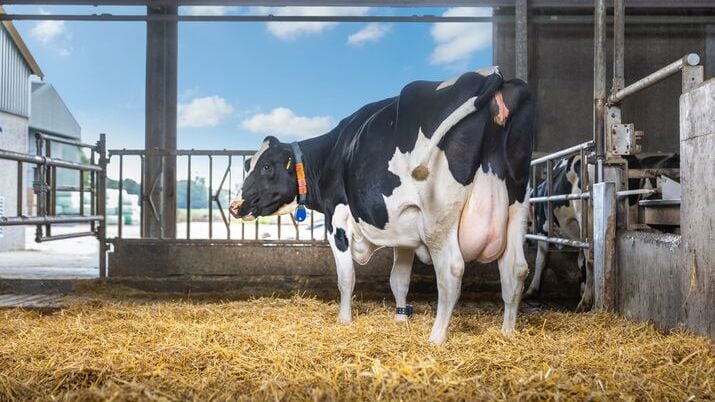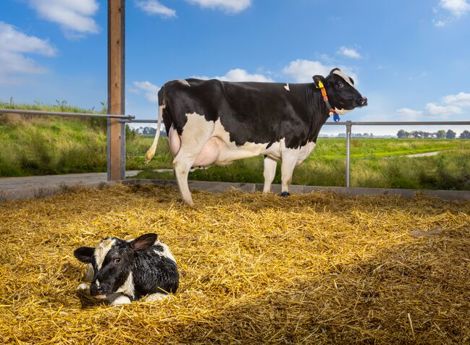
To improve the health of their herd, many dairy farmers employ an eight-week (60-day) dry period in the weeks after calving. This allows udder tissue to regenerate, clearing old intra-mammary infections and boosting milk production for the next lactation phase.
But there are often downsides to this process. Drawing out the fertility phase can be expensive, for one thing. Drying off cows brings its own set of challenges, such as treating and preventing infections. This can be easier to manage at a lower milk yield, later in the lactation in combination with other measures. A shorter dry period can also improve fertility by improving the energy balance of the next lactation.
There are wider issues to consider, too, as antimicrobial resistance becomes a bigger threat to human health. New EU regulations to curb antibiotics use in food production are already set to come into effect in 2022. The message to farmers is clear: it’s time to find another way of working.
Shorter is not always better
Fortunately, alternative options are starting to emerge. Researchers at Wageningen University found that shortening the dry period to 30 days allowed farmers to increase their cows’ fertility while maintaining stable milk production. The drawback is that treating cows with antibiotics is nearly impossible during a 30-day dry period.
While, as we’ve seen, minimising the use of antibiotics offers clear benefits overall, farmers still need access to this treatment option in select cases – for example, for cows with a history of chronic health problems or those with a high somatic cell count (SCC) count.

Best of both worlds
Luckily, there is a third path you can take to optimally manage herd health and farm costs during the transition period. The De Heus approach, where dairy farmers apply a 42-day dry period, experience many of the health benefits and increased fertility of the 30-day dry period, as well as reduced overall treatment costs. But significantly, a 42-day period allows you the option of selectively treating cows with specific health needs.
In this sense, you experience the best of both worlds – saving money and acclimatising to the changing regulatory landscape, while still having the freedom to run a targeted antibiotics programme if needed. We call that a win-win situation.
Learn more about Prelacto or contact a member of the De Heus team for more information.




